News & Events in Belarus
Lukashenko unsatisfied with Belarus’ economic performance in 2025
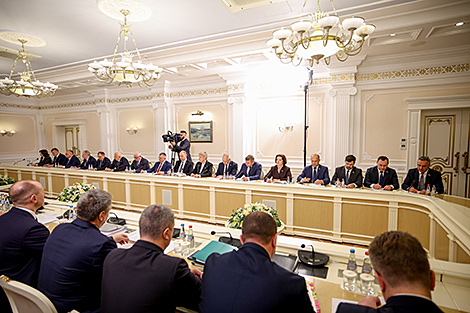
MINSK, 16 October (BelTA) – The results of Belarus’ economic performance in 2025 are still ambiguous, Belarusian President Aleksandr Lukashenko said at a meeting to discuss draft forecast documents for 2026, BelTA has learned.
The agenda included draft documents on the country's social and economic development, an economic forecast, and a budget for the upcoming year.
The head of state recalled that this year marks the end of the sixth five-year program. He stressed that extraordinary efforts must be made before the end of 2025 to meet all the set targets.
“The situation is still ambiguous,” the president noted. “On the one hand, there are tangible results: real wages and overall household incomes have been steadily growing. This year, pensions have been increased twice. Our national currency has strengthened, and gold and foreign exchange reserves have reached record levels (though even liberals are now asking whether we truly need reserves of this scale, and why we are voluntarily freezing the reserves we already have, given the shortage of foreign currency).”
"On the other hand, there has been a current decline in several traditional industries. Three out of the five key indicators for this year have not been met (so far)," Aleksandr Lukashenko continued. "Gross domestic product has increased by less than 2% in January-August."
The head of state also asked about the performance of the agricultural sector, which, despite difficult weather conditions, managed to gather a decent harvest. However, growth rates remain slightly below last year’s level (99%). Still, it can be said with confidence that by the end of the year the figure will rise above 100%, as the vegetation period of crops and, accordingly, the harvesting campaign have shifted.
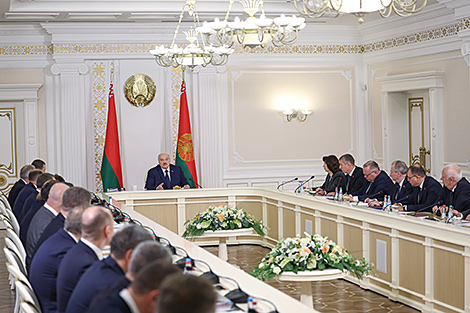
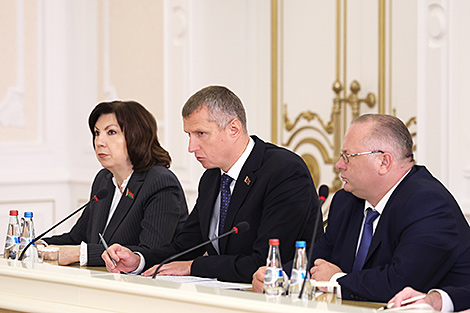
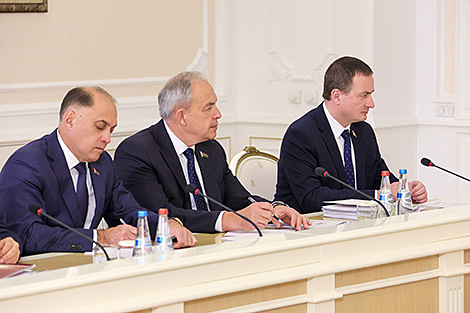
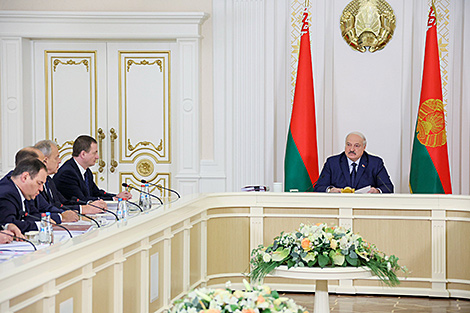
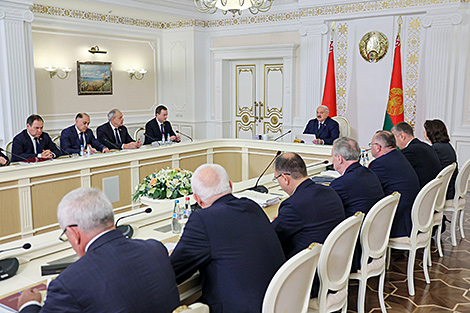
“Specific tasks have been assigned to all responsible officials regarding the situation in agriculture,” Aleksandr Lukashenko emphasized. “I’d like to warn you: any slightest failure to fulfill not only my instructions but also our agreements and decisions will be punished in the harshest way. If we constantly demand technological and labor discipline, we must practice it ourselves.”
Among the challenges in the economy, the president stressed a decline in industrial performance: down by 0.8%. “Moreover, the deterioration of its dynamics has been observed since the first quarter (on average, half a percent per month),” he noted.
As for exports, sales have remained at 97-98% in recent months. “That means at least about $650 million has been lost. And we are losing money in areas where we should be making profits, on our flagship products: tractors, harvesters, paints, tires, butter,” the head of state pointed out. “As a result, manufactured goods are accumulating in warehouses, and stock levels have not dropped below 80% for the fifth month in a row. Consequently, the trade balance has remained persistently negative.”
The investment situation is also mixed. Despite overall growth, the volume still falls short of maintaining the economy's competitiveness (around 19% of GDP).
A more detailed discussion of the current economic results is planned in two weeks at an expanded-format meeting with the president, the government, and other invited participants.







 print version
print version make home page
make home page add to bookmarks
add to bookmarks

